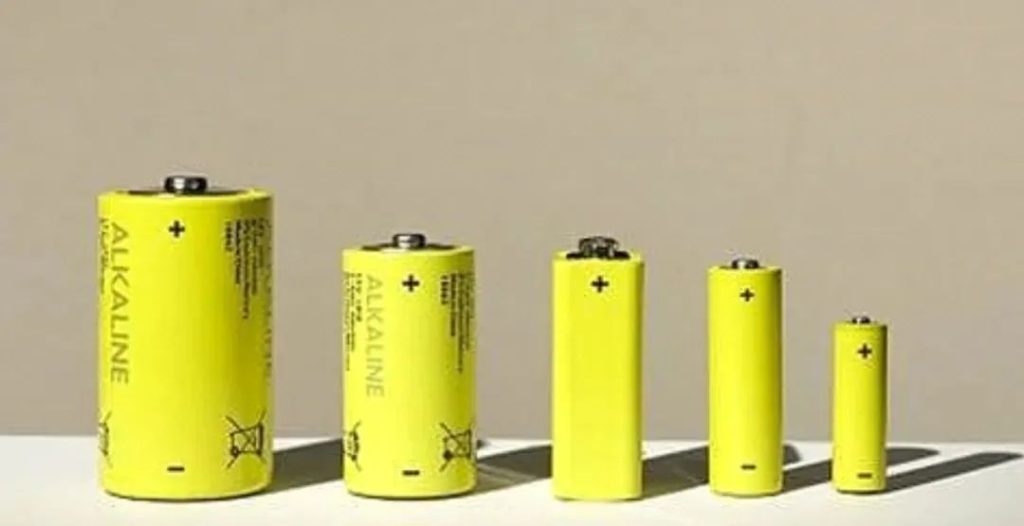This is the description of graphite by the Tang Dynasty poet Pi Rixiu. Graphite has a long history of application in China. The earliest ink we have seen so far is an ink block unearthed in 1975 at the Yunmeng Qin Tomb in Hubei. According to Li Xiaomei’s “Ink Spectrum”, the earliest ink was made of lacquer and stone powder. Tao Zong only stated in Volume 29 of “Chu Geng Lu” that the use of stones to grind ink appeared in the Middle Ages. The ancients used graphite to create a new chapter in civilization. In the future, it will remain the secret weapon to change the world.
Graphite is one of the softest minerals found naturally in nature, but it has the same chemical composition as the hardest diamond, carbon. They are all natural products formed by geological processes, but their physical properties are completely different due to the different internal structures. With the development of science and technology, graphite has become more and more widely used, which fully demonstrates the power of modern technology.
Graphite has great powers in many industrial and technical applications. Due to its high and low temperature resistance and electrical conductivity, graphite can be used for refractory materials, pigments and other raw materials. With the deepening of the understanding of graphite’s anti-corrosion, anti-radiation, self-lubrication and other properties, its application fields have become more and more extensive, and high-purity graphite, graphite for nuclear industry, graphite fiber, and silicon-impregnated graphite have appeared.
There are more than 20 countries producing natural graphite in the world, mainly China, India, Mexico, Madagascar and Brazil. China is rich in graphite resources, and its total reserves have ranked first in the world for many years. Mainly distributed in Heilongjiang, Inner Mongolia, Shanxi, Sichuan, Shandong, Hunan and Xinjiang and other provinces.
Observed under a microscope, Huangyangshan graphite ore is fibrous and bundle-like, and metal minerals such as magnetite, chalcopyrite and pyrrhotite are developed. In the core of graphite ore, spheroidal graphite and sulfide are developed. Using micro-CT scanning technology, it is shown that graphite and metal sulfide have a close symbiotic relationship. Some chalcopyrite and pyrrhotite particles are cut through by graphite clusters, indicating that graphite formed later than metal sulfides.
Geologists believe that the Huangyangshan graphite deposit was formed during the assimilation and contamination of organic carbon during the intrusion of alkaline magma, and fluid immiscibility occurred during the process of crystallization and differentiation, and finally spheroidal graphite was formed, which is a magmatic deposit. This is the first super-large magmatic rock-type crystalline graphite mine discovered in my country. It is a huge achievement of the joint exploration and breakthrough action of the Ministry of Natural Resources and the Ministry of Science and Technology. It has opened up a new field of magmatic rock-type crystalline graphite mine prospecting and changed the The scarcity of graphite resources in Xinjiang and the distribution pattern of “more east and less west” of crystalline graphite resources in my country.
In the field of high-end equipment manufacturing, graphite is used as a neutron moderator and protective material in atomic bomb reactors. Flexible graphite is used for sealing of atomic energy valves; manufacturing nozzles of solid fuel rockets, nose cones of missiles, parts of space navigation equipment, thermal insulation materials and anti-ray materials, radio links on artificial satellites and conductive structural materials, etc.
In the field of new energy manufacturing, the high temperature air-cooled fuel base material for nuclear energy requires natural flake graphite, and the good electrical conductivity of graphite is used to make solar cells and wind power storage batteries. In addition, natural graphite is used as raw material to produce lithium-ion batteries. , New power batteries, super capacitors, used in hybrid vehicles, electric vehicles, solar vehicles and other fields.
In the field of information technology, graphite lithium batteries are used for chargers such as communication base stations, notebook computers, and mobile phones. Graphene supercapacitors provide energy storage for telecommunications and data communications. Graphene can also be made into foldable displays. In the future, graphene will be used for on computer chips to create the next generation of supercomputers.
In the field of new materials, composite materials of graphite and other elements, graphene heavy-duty anti-corrosion coatings used in marine, chemical and other fields, a new generation of graphene inorganic powder coatings, graphene thermal conductive coatings for non-stick cookware coatings and LED lamps, etc. .

